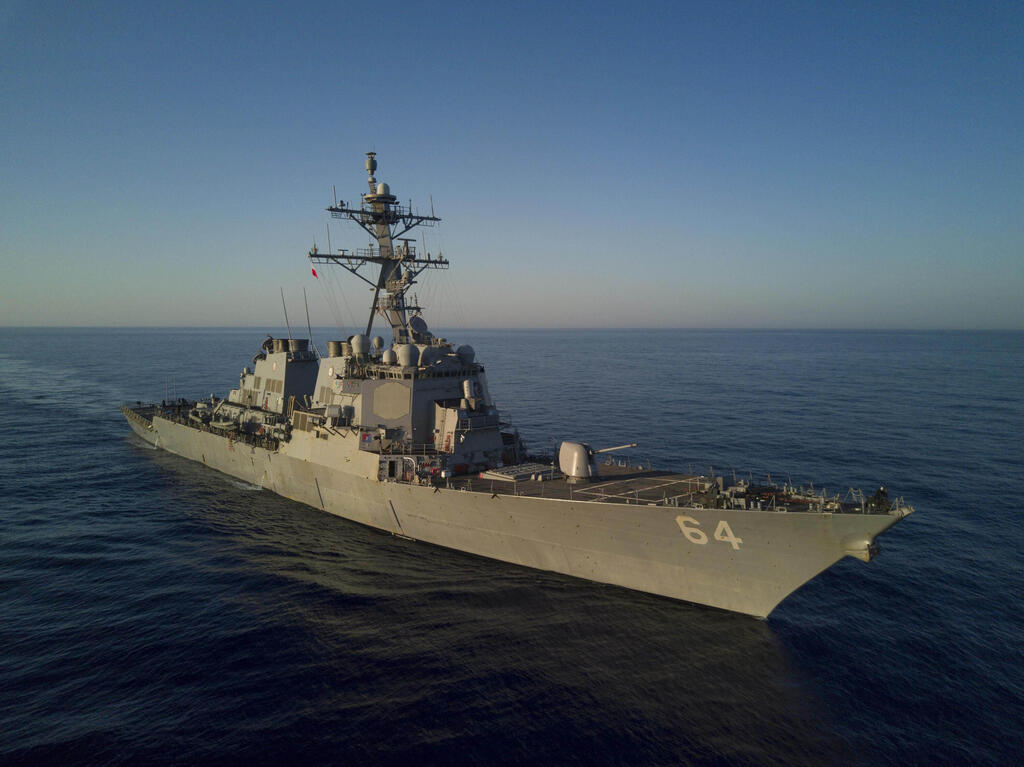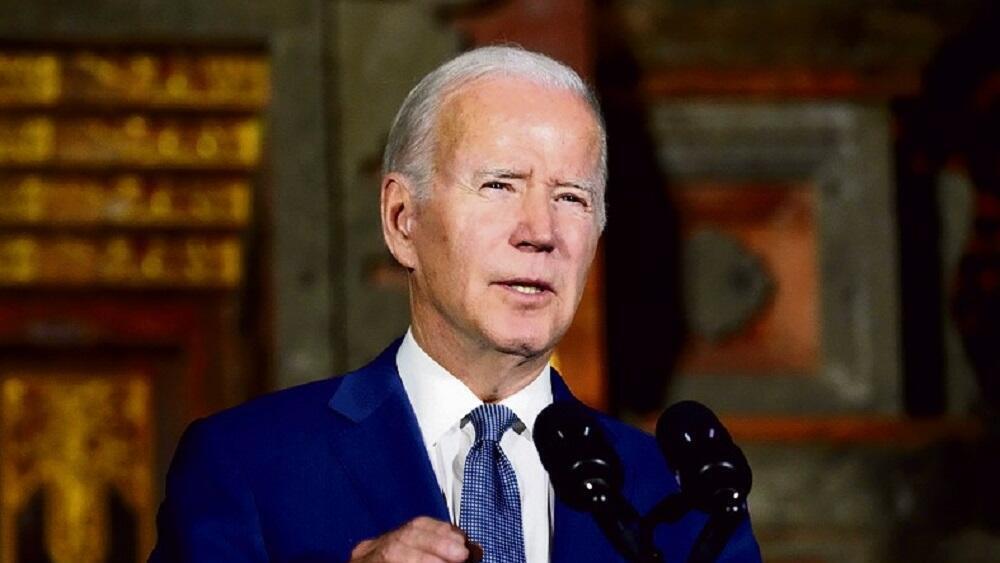On the 13th day of the war against Hamas, both Iran and the United States appear to have entered the conflict. On Thursday, Tehran fulfilled its threats to expand the war to additional fronts in the Middle East in an almost literal manner, and the Americans made good on their promise to assist Israel if necessary - not by deploying troops on the ground but via missile strikes and interception of rockets launched by Iranian proxies from regions found far away from Israel’s borders.
More stories:
The American armada U.S. President Joe Biden sent to the region demonstrated that the U.S. isn’t only interested in a show of force aimed at deterring Tehran and other Shiite Axis actors, but also that forces are ready and willing to take actions in order to defend Israel's airspace from aerial strikes and missiles launched by Iran's proxies and possibly by Iran itself.
American troops won’t fight to defend Israel, but the U.S. will provide assistance in dealing with missile threats launched via the remote arms of the radical Shiite axis.
It's not certain whether the volley of three missiles and 15 strike drones from Yemen fired by the Iranian proxy were aimed at Israel, but there's no doubt the orders were received from Tehran in a bid to signal to the region the Islamic Revolutionary Guard plans to try and stop the IDF from operating within Gaza.
The message was mainly directed at the Americans, trying to pressure the U.S. into convincing Israel against an operation that would launch an all-out war in the Middle East.
Iran’s Supreme Leader Ali Khamenei made these statements explicitly, and Iranian media explained that Shiite rebels in Yemen, the Houthis, as well as Shiite militias in Iraq and Syria, will be the ones to carry out this threat.
And so, on Thursday, Shiite militias in Iraq launched missiles at the Ain al-Asad base in western Iraq, where American soldiers are stationed. The previous day, Shiite militias in Syria also launched strike drones toward an American base in the northeastern part of the country.
For now, these acts are warning signals. However, the missiles launched from the Houthi-controlled port area in Yemen were long-range and could likely reach Israel. It is known the Houthis have missiles with a range of 2,000 km or more supplied to them by Iran.
On the other hand, most of the missiles held by Shiite militias in Iraq and Syria aren’t long-range and precise, but they have a large arsenal of different types of strike and suicide drones that can be operated over long ranges that are a clear and true threat to Israel’s borders from the northeast.
The Iranian move via its Houthi and Shiite militia proxies constitutes the crossing of a threshold by Iran with a deliberate provocation against the Americans. This fact increases the likelihood of Iran actually carrying out its threats regarding the next stage of Israel’s war against Hamas. It's possible that Iran, along with its proxies, or using only its proxies, will fully engage in an effort to disrupt the IDF's military operations while moving into northern Gaza.
Iranian's foreign minister and senior Hezbollah officials hinted in statements that if this course of action was to take place, Hezbollah would join the war and use its entire arsenal and terrorist forces.
Israel's home front would come under attack by missile strikes and armed drones, and possibly even by Hezbollah’s elite Radwan units. The IDF says it is prepared for such a scenario, and making constant improvements to face it in every aspect of its capabilities.





